Here's a summary I found online:
https://www.sothebys.com/en/auctions/ecatalogue/2003/19th-century-european-paintings-including-spanish-paintings-1850-1930-l03103/lot.221.html?locale=en
Charged with both exquisite grace and enormous power, La hora del baño combines some of Sorolla’s most potent images into a composition of epic proportions. The work ranks as one of his most complete and consummate compositions and is arguably the finest painting by the artist ever to be offered at auction.
Set on the beach at Valencia, the tender gesture of the young adolescent girl in the foreground and the innocence of the young boys frolicking in the surf, contrast with the tough masculinity of the oxen and riders beyond. The fresh breeze of the summer’s day is captured in the brilliant white sheet held up by the young girl and fills the sail of the ketch in the background. Shimmering on the water and glancing off the bodies of young and old, man and beast alike, light suffuses the whole. Yet La hora del baño is more than a contemporary depiction of the working men and innocent youth of Valencia in harmony with the elements. Sorolla’s spiralling composition of the young boys at play, the attentive pose of the adolescent girl and the fishermen at work beyond evokes the passing of generations and the rhythms of a timeless age that transcends the commonplace and imbues the painting with universal appeal.
Sorolla’s search for a visual vocabulary that he could make his own had occupied him since he had finished his formal training at the Spanish Academy in Rome in the late 1880s. During the 1890s he drew his inspiration from painting outdoors, in particular returning summer after summer to paint on the beach at Valencia where he had spent his childhood. His interest in local Valencian subjects had been reawakened during his first trip to Paris in the summer of 1885. There he visited the major retrospective of the work of Jules Bastien-Lepage who had died prematurely the preceding year at the age of 37. An advocate of Realism, Bastien-Lepage had led the call for painters to look again at rural themes for their subjects. The Frenchman's belief in the essential goodness of the humble worker and the importance of expressing a sense of place had much in common with Sorolla’s own belief in the intrinsic beauty to be found in everyday life (fig. 1). His first notable success in portraying the lives of the Valencian fishermen was La vuelta de la pesca (The Return from Fishing) of 1894 (fig. 2).
Sorolla’s pursuit of this ideal in the motif of fishermen at work, arguably reached its apogee in his monumental composition Sol de la tarde (Afternoon Sun), painted in 1903 (fig. 3) Thereafter, the oxen and fishermen, although still present, gradually became secondary to the main focus in his depiction of life on the beaches of Valencia. As a result, by the time Sorolla included the fishermen and oxen in La hora del baño a year later, their presence had been relegated to that of backdrop to the action of the children in the foreground. Describing his arrival at this point Sorolla recalled: ‘How long it has taken me to define this art. Twenty years! Up to the time I painted the picture which hangs in the Luxembourg [now Musée d’Orsay] the ideal I was pursuing was not revealed to me in its entirety. It was a laborious process, but a methodical and rational one. Gradually the hesitations were ironed out; but not all of a sudden.’ (quoted by Carmen Gracia in The Painter Joaquín Sorolla, exh. cat., London, 1989, p. 38).
Sorolla’s consummate skill in capturing the lively spontaneity of children in his compositions was first revealed to great effect in his major painting of 1899 Triste herencia (Sad Inheritance; Collection of Caja de Ahorros de Valencia, Castellón & Alicante). It was the immediacy of the oil sketches for this work, however, rather than the finished canvas itself, which truly indicated the direction that Sorolla’s painting would take (fig. 4). Sorolla’s ability to catch the fleeting moment with such dexterity was especially suited to the painting of children. His interest in this theme stemmed in part his own family situation. Having been orphaned when still an infant, Sorolla attached immense importance to the safety and happiness of his wife Clotilde and their children María, Joaquín and Elena. His three off-spring were the inspiration behind many of the compositions of children at play on the beach that Sorolla executed during the first decade of the twentieth century. In La hora del baño their presence is suggested in the three foreground children.
Certainly it was Valencian beach scenes which combined fishermen, boats and oxen with the lively antics of children playing in the sea that proved to be particularly sought after by collectors. Sorolla addressed this synthesis of young and old, work and play in his work in the first few years of the new century, around the time of the painting of the present work. Blanca Pons-Sorolla comments: ‘During the latter part of the summer of 1904 and well into the autumn Sorolla stayed in Valencia with his family where he painted on Malvarosa beach. There he began work on some of his most important beach scenes including Verano (Summer) (fig. 5) ...as well as the present work. It was the large format compositions that included the widest possible range of Sorolla's Valencian motifs for which there was the greatest demand, compositions that included children, fishermen, oxen, boats, billowing sails, the surge of the sea, a towel blowing in the breeze.’
Discussing the origin of the central motif of the young girl with towel out-stretched in La hora del baño, Blanca Pons-Sorolla continues: ‘The focal point of the present work is the young girl in the foreground who lovingly holds out a white towel for her younger brother as he emerges from the sea. Sorolla first introduced the motif of the proffered towel in El baño (The Bath) painted in 1899 (fig. 6). In so doing Sorolla incorporated the maternal gesture of a woman approaching a baby to enfold it in a towel as it is taken from the water. The second work that contained the image of a flowing towel was Despues del Baño painted in Asturias, immediately prior to Sorolla's arrival in Valencia in 1904 and his execution of the present work. Thereafter, following the inclusion of the young girl with the fluttering towel held out in La hora del baño, it was not until his work of 1907 and 1908 that this motif returns, notably in such compositions as Saliendo del baño (After Bathing), of 1908 (fig. 7).’ (Blanca Pons Sorolla, September 2003, unpublished notes).
As well as the captivating subject matter, it was the light that Sorolla infused into his compositions that also singled out his work for acclamation. In La hora del baño it is the end of the afternoon - the bathing hour. The unseen sun, low in the sky, is suggested by the high horizon line. Only a tiny slither of light along the top edge of the composition indicates any sky at all. Yet light floods across the water, dancing across the tops of the waves. It silhouettes the fishermen and oxen, bounces off the lithe bodies of the bathing boys, and illuminates with seraphic tender the forground children. Blanca Pons-Sorolla notes that it was on seeing El Baño at the Exposition Universelle in Paris in 1900 that Monet applauded Sorolla as 'd'un joyeux de la lumière surtout.’ Likewise, in the major international exhibitions that Sorolla mounted during the first decade of the twentieth century it was the light in his work that drew the public in and so mesmerised the critics. Henri Rochefort observed of Sorolla's art 'Never has a brush contained so much ...sun'. (quoted by Priscilla E. Muller, The Painter, Joaquín Sorolla, exh. cat., London, 1989, p. 62).
The combination of the extraordinary light quality that Sorolla achieved combined with the bucolic nature of his Valencian seashore subjects led some observers to look for classical antecedents in his work. Carmen Gracia notes that José Ramón Mélida saw in Sorolla's pictures of figures by the sea 'a reminiscence of the figures on Greek vases and Tanagra earthenware' while the loosely clad bathers reminded him of 'Hellenic friezes'. (quoted by Carmen Gracia, The Painter, Joaquín Sorolla, exh. cat., London, 1989, p. 89).
Underpinning all of Sorolla's work lay the fine art schooling that he had received as a student, (in his own words ‘his base’). Initially this had taken place in Valencia at the Escuela de San Carlos, which he entered in 1881, and continued in the Spanish Academy in Rome to which he was awarded a scholarship in 1884. In both places his studies were rigorously academic, tuition based on copying both the Antique as well as Italian Renaissance Masters. Such studies were reinforced by his visits to the Prado in 1881 and 1882 and the summer he spent in Paris in 1885. Notwithstanding the contemporaneity of La hora del baño, it is Sorolla’s recourse to this classical vocabulary that adds a timeless majesty to the foreground figures. In so doing Sorolla elevates the local harmony of a seashore community into contemporary history painting and transports the viewer into a timeless Arcadian idyll.
The stance of the young boy emerging from the water bears comparison with that of the heroic pose and subtle contraposto of the Apollo Belvedere in the Vatican Museum, Rome, a work that Sorolla would have been familiar with from his years at the Spanish Academy there. Likewise, the young girl – as if symbolically holding ‘Apollo’s’ tunic – could also be indebted to a Grecian source. The interaction of these two figures together with the second young boy beyond, however, also suggests the influence of the Renaissance on Sorolla. The displacement and gestures of the foreground figures in La hora del baño, for example, share striking similarities with Mary with the baby Jesus and the young John the Baptist in Leonardo da Vinci’s Virgin of the Rocks in the Musée du Louvre, a work that Sorolla would have seen when in Paris in 1885. In a similar vein, the young girl is markedly similar both in her pose and her role to the female attendant, drape in hand, in Botticelli’s Birth of Venus in the Uffizi Palace, Florence (fig. 8).
That such Renaissance imagery inspired the main figures in Sorolla’s La Hora del Baño, in part reflects Sorolla’s Catholic upbringing. Moreover, it was normal that the subjects of a number of his works would be religious. In 1887 for example, Sorolla painted both El padre Jofré protegiendo a un loco (Father Jofré Protecting a Madman) and El entierro de Cristo (The Burial of Christ), while in 1893 he completed El beso de la reliquia (Kissing the Relic). However, Sorolla’s specific use of such Renaissance sources also reflects his ever-increasing confidence both in his own painterly aspirations and in his hopes for Valencia and the cultural role it would play in the regeneration of Spain following its loss of its colonial empire at the end of the Spanish American War in 1898.
Sorolla’s self-belief was fuelled by his burgeoning reputation and the critical acclaim he received in the wake of the success of Triste herencia in Paris in 1900. His name came to be mentioned in the same breath as other leading international artists of the period, including Claude Monet, John Singer Sargent and Anders Zorn. Friends with these last two, the work of both Sargent and Zorn shares much with Sorolla’s painterly technique and subject matter (figs. 9 & 10), and, as Blanca Pons Sorolla attests (above), Monet himself referred to Sorolla as ‘the master of light’. Indeed, Sorolla’s monumentalising of the foreground figure of the young girl in the present work bears more than a passing resemblance to some of Monet’s beloved depictions of his wife Camille (fig. 11).
In tandem with Sorolla's buoyant confidence in his own abilities at the time lay his native pride and unwavering loyalty in the future of his treasured Valencia. As Carmen Gracia explains, Sorolla hoped that both the city and the region would stimulate and direct the renaissance of the whole of Spain: ‘One of my most cherished hopes’, he declared, ‘is that in the longed-for resurgence of my country, Valencia will take the lead in the industrial and artistic movement, as befits its brilliant tradition and its inborn artistic temperament.’ Sorolla’s elevation of the subject of La hora del baño from one of local interest to a work with a much wider frame of reference lies at the very heart of his philosophy. This positive attitude of faith in the Spanish people, which Sorolla sought to express in his painting, was in clear contrast to such painters as Ignacio Zuloaga and the artists and intellectuals who formed the Generación del 98. Rejecting such traditional Spanish Realism that looked back to Goya and El Greco, Sorolla set out instead to present to the world a fresh halcyon Mediterranean image of his country, and of Valencia in particular.
Confirming the artist’s aspirations, in the same year that the present work was painted poet Juan Ramón wrote with extraordinary prescience, as if with the present work in mind, that Sorolla: ‘works with his Spanish paint-brushes and finds all he needs in the soul of an entire country. Thus there begins a series of pictures of his native land – toil, sweat, poverty and sunshine, the Greek splendour of the Mediterranean coast and the thundering of its blue sea, the Florentine grace of Valencia, all that profusion of foam and transparencies, breezes and flowers, that incomparable noisy chorus of women, children and Spanish sailors.’ (Carmen Gracia in The Painter Joaquín Sorolla, exh. cat., London, 1989, p. 44). Certainly, the present work – a veritable visual tour de force - captures Sorolla’s celebration and championing of quintessentially Spanish and especially Valencian subjects, and heralds the new international direction his work would take in the ensuing years
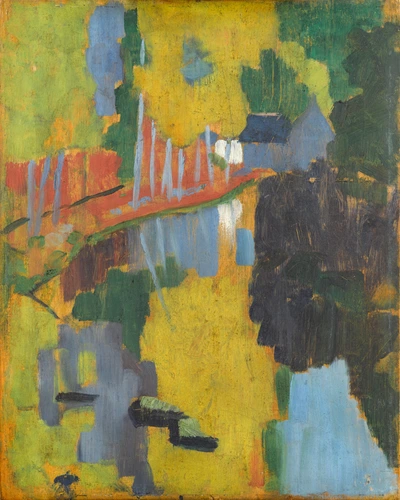
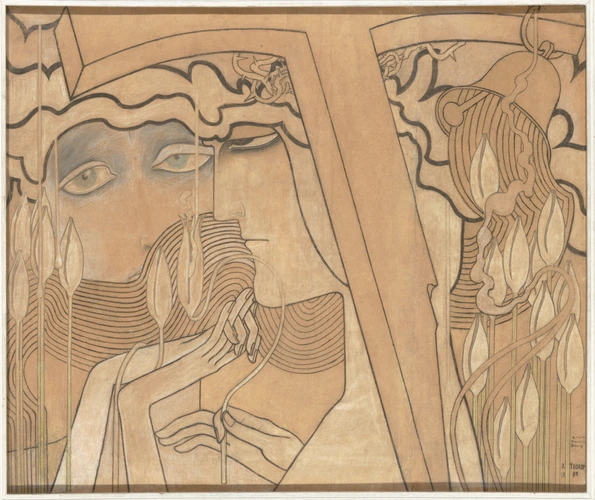
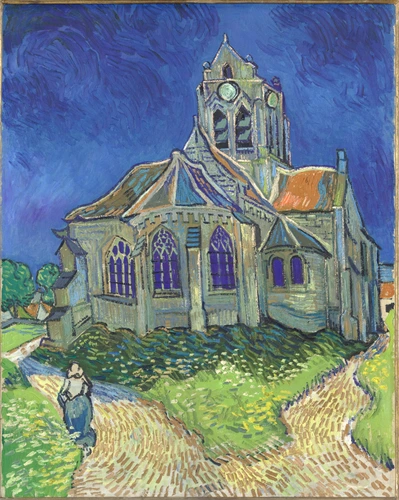



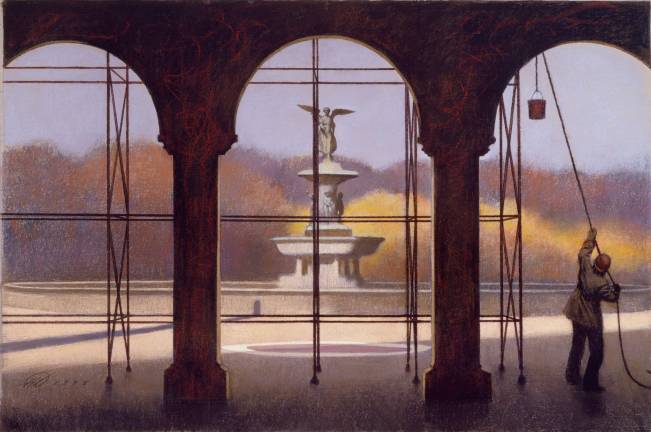


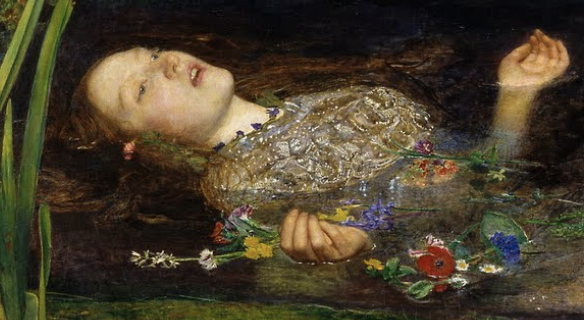
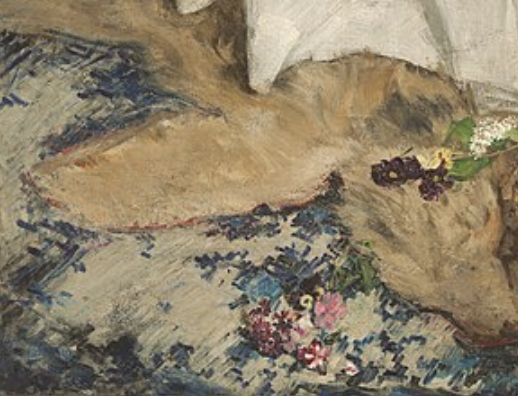




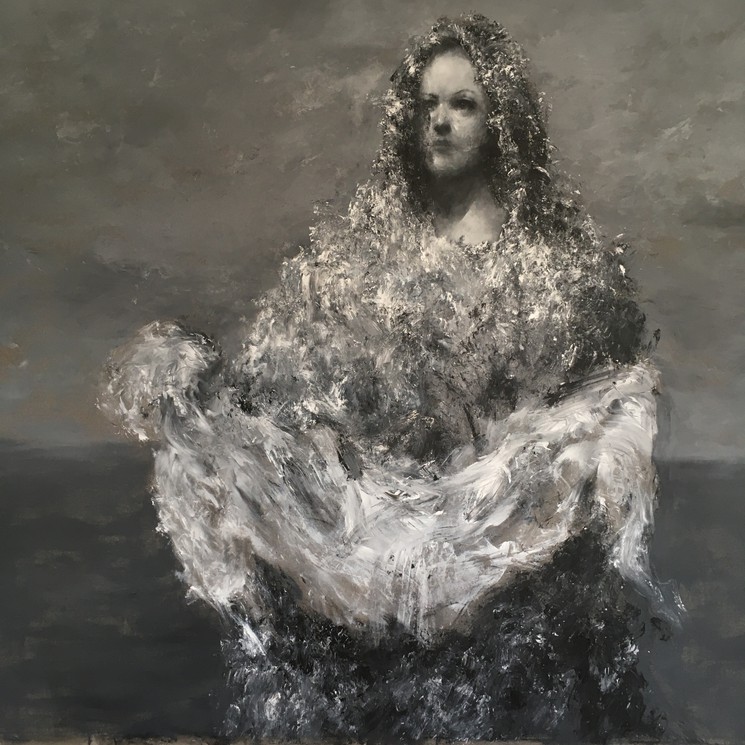




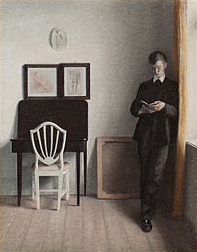


I stand with Cleetus.